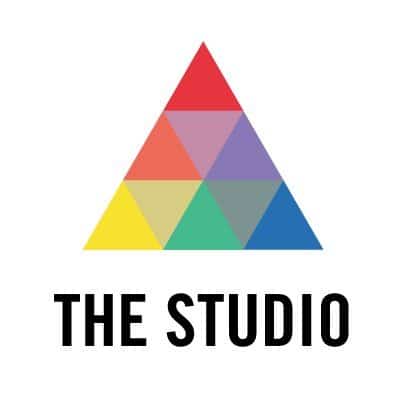The University of Iowa Graduate College and the UI Libraries Digital Scholarship & Publishing Studio are excited to announce that 10 graduate students have been selected for the 2024 Studio Summer Fellowship program. These individuals will soon take part in an eight week course that provides mentored digital scholarship experience, as well as trainingContinue reading “Introducing the Studio’s 2024 Summer Fellows”
Tag Archives: ” Digital Scholarship and Publishing Studio
“Scholarship is Scholarship”: Identity Crisis in the Digital Humanities
When I meet someone, our introduction typically goes something like this: What do you do? I teach college literature and I’m a graduate student. Oh, what do you study? Victorian Literature Oh, like Jane Austen, and stuff? …sure. There is always more we can say about ourselves, our interests, and our work. If I decideContinue reading ““Scholarship is Scholarship”: Identity Crisis in the Digital Humanities”
Mediocritas in the Digital Humanities (and in My Life)
…evelli penitus dicant nec posse nec opus esse et in omnibus fere rebus mediocritatem esse optimam existiment. “They say that complete eradication is neither possible nor necessary, and they consider that in nearly all situations that the ‘moderation’ is best” (Cicero, Tusc. 4.46). In my last few weeks here at the Digital Scholarship & PublishingContinue reading “Mediocritas in the Digital Humanities (and in My Life)”
When to Work Alone, and When to Ask for Help
I’m not a “tech” person. Naturally, computers (amongst other software and gadgets) make up a normal part of my day-to-day routines, and while I feel perfectly comfortable “tinkering” around with new gadgets and programs, the language of code and other seemingly mysterious components of the “digital” in academia elude me. No, I study stories; IContinue reading “When to Work Alone, and When to Ask for Help”
The Discovery of “Manly Health and Training”: Walt Whitman’s Long-Lost Guide to Getting the Body You’ve Always Wanted
In the third open-access issue of the Walt Whitman Quarterly Review (WWQR) Editor Ed Folsom and Managing Editor Stefan Schöberlein publish in full a newly discovered book-length work by the poet Walt Whitman entitled “Manly Health and Training.” Zachary Turpin, a PhD candidate in English at the University of Houston, recently discovered “Manly Health and Training,”Continue reading “The Discovery of “Manly Health and Training”: Walt Whitman’s Long-Lost Guide to Getting the Body You’ve Always Wanted”

